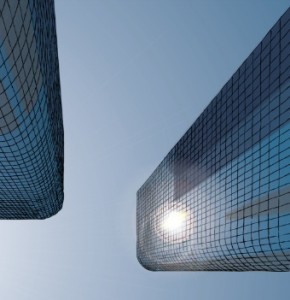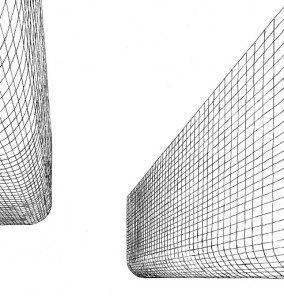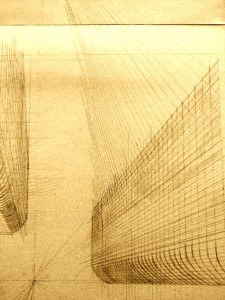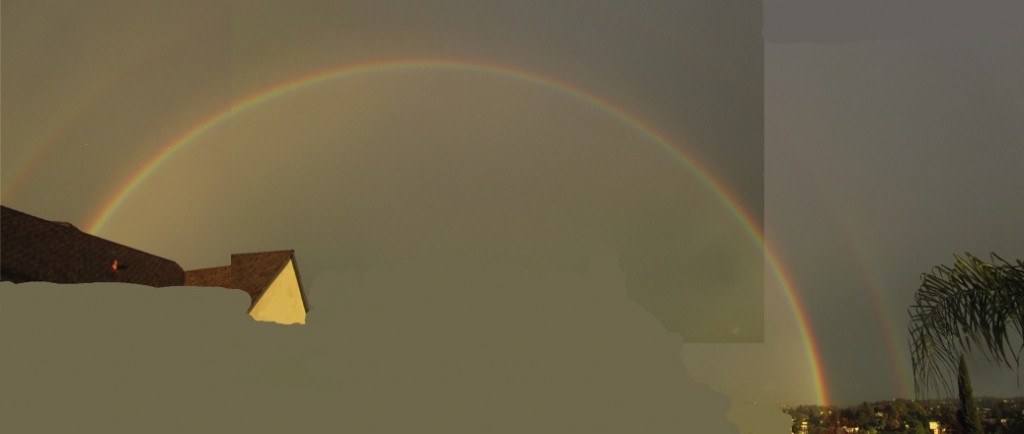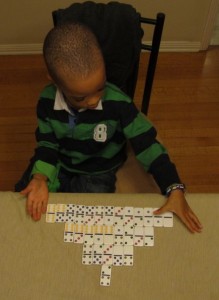(Monday:) Sitting at the airport waiting for a visitor to arrive. Might as well tell you a bit more about The Project. (This is the third in a series of posts unveiling The Project. See here and here for the earlier ones.)
So the sample I ended with in the previous post was, I presume you have realized, a little attempt at irony and humour. While it does take a while to bring about the transformation of technique that I wanted, and while it has taken some time to explore and then make choices about the various techniques I want to use, it would be hilarious if that was the product so far. But this is not a joking matter. The whole process is very slow indeed, even when ticking along nicely, and additionally of course I’ve got this Professor gig I’m doing for most of my waking hours. So…
Anyway, samples of what I am doing are in order. Well, what I’ve worked up so far, in a prototype story, is only really an example of one story. So the whole thing won’t look like what you are about to see, for better or worse. This is because the outcome of trying to decide what visual style to use for the project was that I would use more than one style. Some stories will call for different styles.
Another key element I mentioned earlier is that I am having the dialogues (by the way, the working title is: The Dialogues. Yeah, I’m tricky that way…) take place in real settings, some of them may be familiar to you. So go right ahead and guess away. Here is a skyline from page one of the prototype story, helping to set the scene*…

This prototype story, called The Arena, has a pair of characters accidentally (er…or maybe not accidentally!?) meeting again and picking up on a conversation. You can see one of them below and to the right, in one of my big scene-setting splash panels […] Click to continue reading this post →

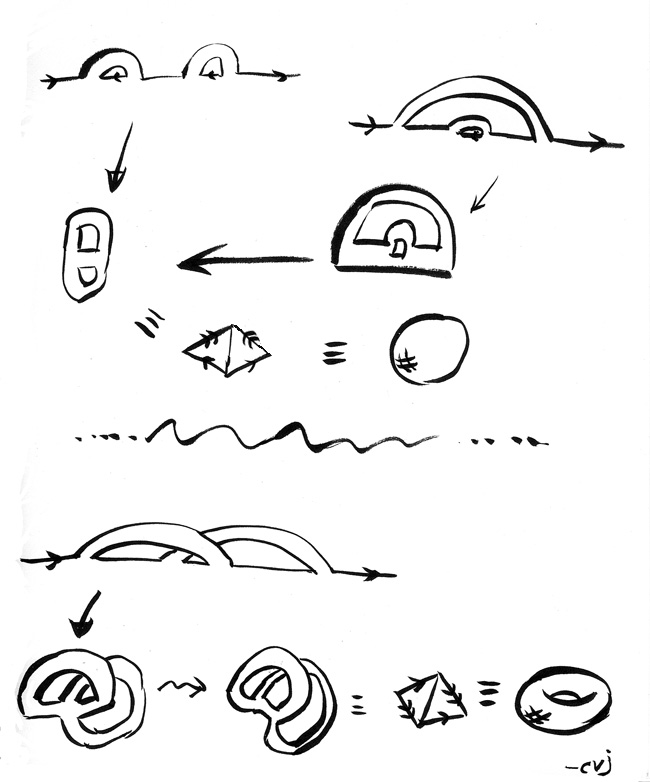
 I just saw on the USC news site that DJ Strouse, one of our excellent current physics majors, has been selected as one of 14 students in the USA to get a Churchill Scholarship this year! He is the first USC student to get one, actually. DJ is one of those students who reminds you why teaching is such a delight. He engages with the material in class and beyond, exploring it extensively on his own, and […]
I just saw on the USC news site that DJ Strouse, one of our excellent current physics majors, has been selected as one of 14 students in the USA to get a Churchill Scholarship this year! He is the first USC student to get one, actually. DJ is one of those students who reminds you why teaching is such a delight. He engages with the material in class and beyond, exploring it extensively on his own, and […]  This always catches people off guard (myself included), so I thought I’d post a little reminder. The deadline for applications to the Summer workshops at the Aspen Center for Physics is January 31st. That’s coming up soon, so to physicists interested in doing a research stay, start thinking about the dates you want to attend, finding funds for support, planning for things like childcare or summer programs for children if you have any, and so on and so forth. There’s a wide variety of excellent […]
This always catches people off guard (myself included), so I thought I’d post a little reminder. The deadline for applications to the Summer workshops at the Aspen Center for Physics is January 31st. That’s coming up soon, so to physicists interested in doing a research stay, start thinking about the dates you want to attend, finding funds for support, planning for things like childcare or summer programs for children if you have any, and so on and so forth. There’s a wide variety of excellent […] 
